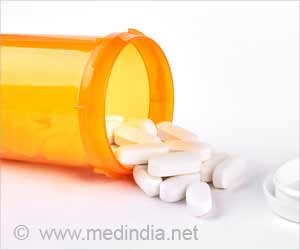Evaluating Added Value in Drug Approval’s Supplemental Indications

By the third indication, the likelihood of added value is already 45 percent lower than in the first approval. Nevertheless, the pharmaceutical industry often succeeds in obtaining such supplemental indications to optimize resource use and extend the period of patent protection for its drugs.
Reform of EU Pharmaceutical Legislation Offers Chance to Adjust the Course
Contrary to what many people believe, superiority over existing treatments is not a prerequisite for drug approval: US and European regulations only require a positive benefit-risk ratio, i.e., that the drug does more good than harm.
Advertisement
In her BMJ editorial on the Harvard study, Beate Wieseler, the Head of IQWiG’s Drug Assessment Department, argues that these regulations should be revised, for instance as part of the planned reform of EU pharmaceutical legislation. Sometimes it is useful to have a range of drugs to choose from in a certain indication, for example to minimize side effects. However, the regulations should incentivize real improvements over existing treatments by linking support measures, such as the extension of market exclusivity, to proof of added value over existing treatment options.
Beate Wieseler notes: “Then the regulatory framework can be evolved in an evidence-based way to make the best use of resources, encourage real innovation and thus improve patient care. The system’s current performance does not meet the expectations of patients and the public, clinicians, or policy makers.”
References :
- Supplemental indications in drug approval: often no proof of added value – (https://www.iqwig.de/en/presse/press-releases/press-releases-detailpage_96256.html)
Source: Eurekalert
Source link
#Evaluating #Added #Drug #Approvals #Supplemental #Indications



